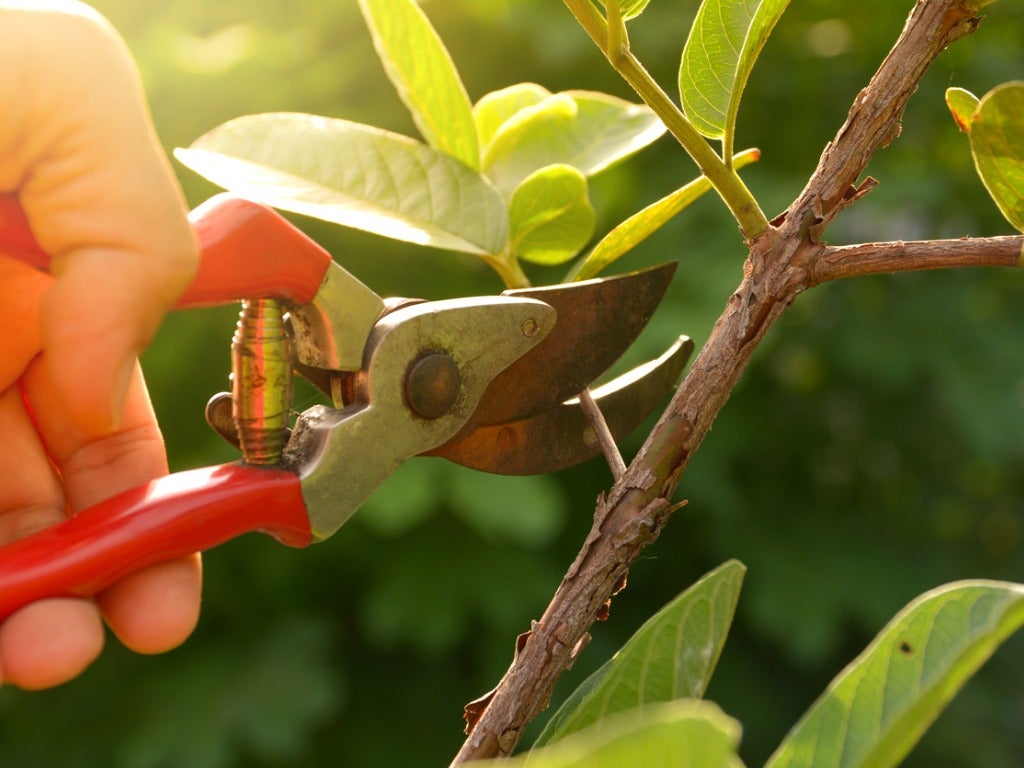General Pruning Calendar: When Should Plants Be Cut Back


Pruning is essential for maintaining good growth, keeping formal beds and gardens looking tidy, and managing or preventing the spread of disease. Knowing when to prune plants in the garden will ensure you don’t make mistakes that can counteract your efforts. There is some leeway but also a few general rules about pruning times for garden plants.
When Should Plants Be Cut Back?
There is some wiggle room in when you trim certain plants in your garden, depending on your climate, the species, and how you like your garden to look. A general pruning calendar should serve as a guideline though:
- Early spring – Trim back semi-woody perennials, like Russian sage and butterfly bush.
- Early summer – After spring-blooming plants have flowered, you can trim them back. For spring bulbs, wait until the foliage yellows.
- Summer – Deadhead annuals and flowering perennials. Prune back some of the branches to encourage fuller growth.
- Late summer through fall – Deadhead annuals and perennials as needed. Once the plants are spent in the fall, remove annuals entirely and trim back perennials to about 3 inches (8 cm.) above the ground.
Pruning Plants in Fall – To Trim or Not to Trim Perennials
In general, the rule is to trim back your perennials in the fall. This keeps the garden looking tidy, makes room for spring growth, and helps manage disease if you see any signs on the plants. If you do, dispose of that plant material, do not put it in the compost pile.
There is another option though. You can trim back the perennials in late winter or early spring. Why wait? Some gardeners like the natural look of dead plants in the winter garden. Some plants even add great visual interest in the colder months. For instance, try leaving ornamental grasses untouched until spring. They look striking in the winter landscape.
Another reason to leave some perennials standing is that they provide food and habitat for wildlife. If you want perennials to propagate by self-seeding, don’t trim everything back. Leave some seed heads.
If you do trim back perennials in the fall, do so after a couple of freezes. This will ensure the plant goes dormant first. Pruning before dormancy will encourage new growth that dies in the next freeze.
Consider investing in a good set of pruning shears, like these Fiskars Pruners from Amazon.
Sign up for the Gardening Know How newsletter today and receive a free copy of our e-book "How to Grow Delicious Tomatoes".
Pruning Essentials
- Consider a sharp pair of shears like the ever-popular Fiskars ⅝” Bypass Pruner from Amazon
- Protect your hands from thorns with a pair of puncture-resistant gardening gloves from Amazon
- Collect garden scraps and compostables in a lawn garden bag from Amazon

Mary Ellen Ellis has been gardening for over 20 years. With degrees in Chemistry and Biology, Mary Ellen's specialties are flowers, native plants, and herbs.